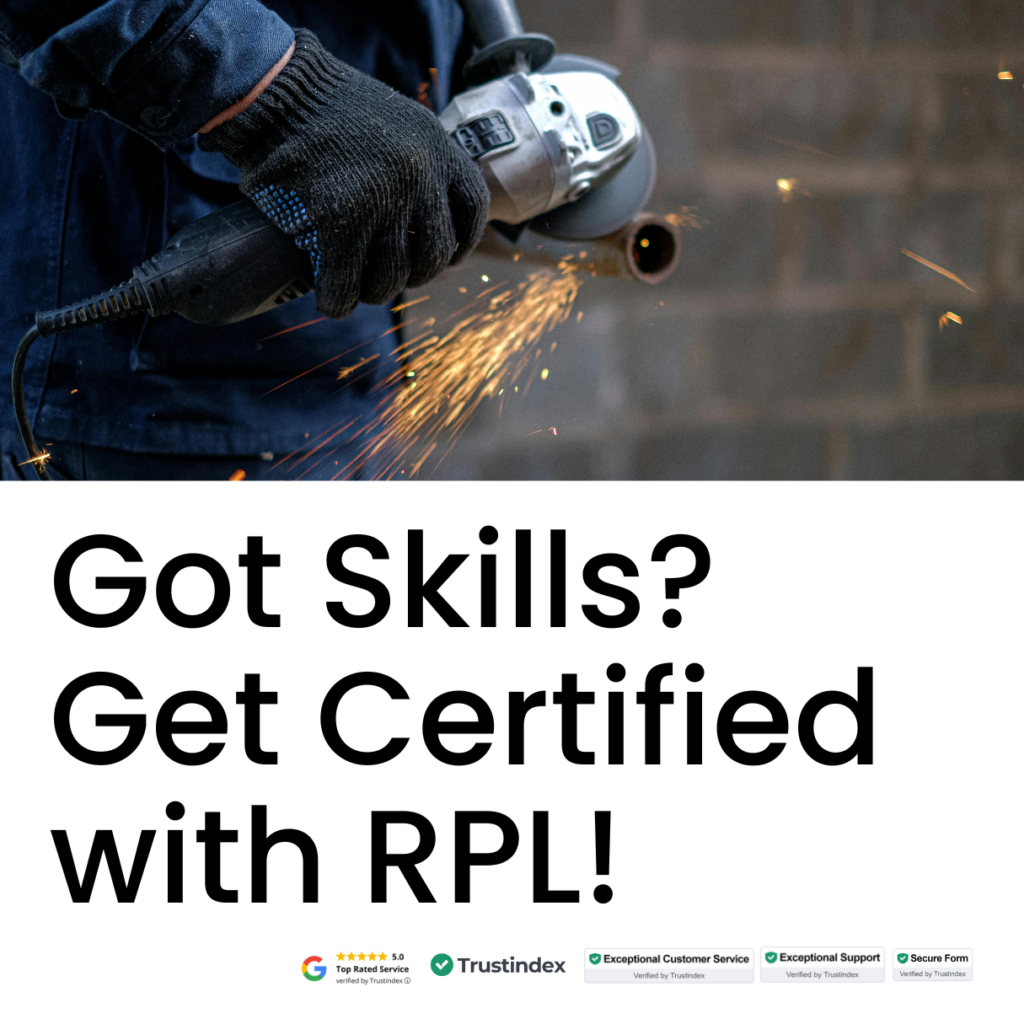When you apply for Recognition of Prior Learning (RPL), your portfolio is your strongest asset. It is the concrete proof that your skills, knowledge, and experience match the qualifications you’re seeking. But what exactly do assessors look for when reviewing your evidence? How can you make your portfolio stand out as clear, credible, and compelling?
This guide dives deep into the assessor’s perspective and shares best practices to help you build an RPL portfolio that truly works.
1. Understand the Assessor’s Role and Expectations
Assessors are experts trained to evaluate whether your experience meets specific competency standards. Their goal is to verify that you can perform the required tasks consistently and effectively.
They expect evidence to be:
- Relevant: Directly linked to the qualification’s competencies.
- Clear: Easy to navigate and understand, with strong explanations.
- Authentic: Genuine, original documents or records you can verify.
- Sufficient: Enough evidence to confidently demonstrate each required skill.
- Current: Reflective of your present capabilities, not outdated.
2. Focus on Direct, Tangible Evidence
From the assessor’s viewpoint, direct evidence is gold. It shows you have applied the skills in real workplace situations.
What to include:
- Work samples (reports, plans, products, presentations).
- Photographs or videos of you performing tasks (if required).
- Completed projects or portfolios demonstrating specific competencies.
- Records of achievements, like awards or certifications.
- Performance appraisals detailing your responsibilities and results.
Tip: Provide context—explain your role, the situation, and the outcome clearly alongside each piece.
3. Support with Strong Indirect Evidence
While direct evidence proves capability, indirect evidence supports and confirms it.
Recommended indirect evidence:
- Reference letters that specify your tasks, skills, and accomplishments.
- Training certificates relevant to your qualification units.
- Logs or records of professional development activities.
- Job descriptions that match your claimed skills.
Tip: Ask referees to tailor letters to the competencies you’re claiming, avoiding vague or generic praise.
4. Use Supplementary Evidence Strategically
When direct or indirect evidence is lacking, supplementary materials help fill the gaps.
Examples include:
- Reflective journals describing how you use your skills daily.
- Self-assessment reports referencing your competency against standards.
- Workplace policies or manuals you have developed or follow.
- Diaries or timesheets showing consistent engagement with relevant tasks.
Tip: Be honest and clear; explain how this evidence connects to the required skills.
5. Demonstrate Alignment with Competency Units
Each piece of evidence should be linked explicitly to the qualification’s competency units. Assessors appreciate when portfolios are structured this way because it makes their job straightforward.
Best practice:
- Create a mapping table or matrix showing each evidence item linked to specific competencies.
- Use headings and subheadings corresponding to the qualification units.
- Provide brief descriptions explaining how the evidence meets each competency.
6. Organise Your Portfolio for Easy Navigation
A cluttered or disorganised portfolio wastes assessor time and creates confusion.
How to organise effectively:
- Use a clear table of contents.
- Label every document clearly with titles and dates.
- Group evidence logically by competency or theme.
- Use dividers or tabs for physical portfolios or folders and subfolders for digital portfolios.
- Provide a summary or introduction explaining your portfolio structure.
7. Ensure Evidence Authenticity and Currency
Assessors need confidence that your evidence is legitimate and reflects your current ability.
- Use original documents or certified copies.
- Avoid outdated materials unless they demonstrate foundational skills still in use.
- Where possible, include recent evidence within the last 1-2 years.
- Be prepared to verify evidence if contacted.
8. Present Yourself Professionally
Your portfolio is a reflection of your professionalism.
- Avoid typos, formatting errors, or illegible scans.
- Use consistent fonts, styles, and layouts.
- Maintain a professional tone in any written explanations or statements.
- Keep the portfolio concise but comprehensive—quality over quantity.
9. Prepare for Additional Requests
Sometimes, assessors may ask for further evidence or clarification.
- Stay responsive and provide requested documents promptly.
- Consider potential gaps during preparation to minimise additional requests.
Final Tips: Set Yourself Up for Success
- Start early and give yourself plenty of time to collect and organise evidence.
- Use STUDYIN’s qualification-specific checklists to ensure nothing is missed.
- Leverage available guides like Mastering RPL Evidence: Types, Rules, and Submission Tips and The Ultimate Checklist for Building Your RPL Portfolio.
- Remember, clarity, honesty, and relevance are your best tools.
Final Thoughts
Your RPL portfolio is your chance to showcase your real-world expertise clearly and convincingly. By understanding what assessors need to see and preparing accordingly, you increase your chances of success and speed up your pathway to qualification.
Begin your journey today with STUDYIN’s Free 40-Second RPL Skill Assessment and get expert support to build a winning portfolio.









